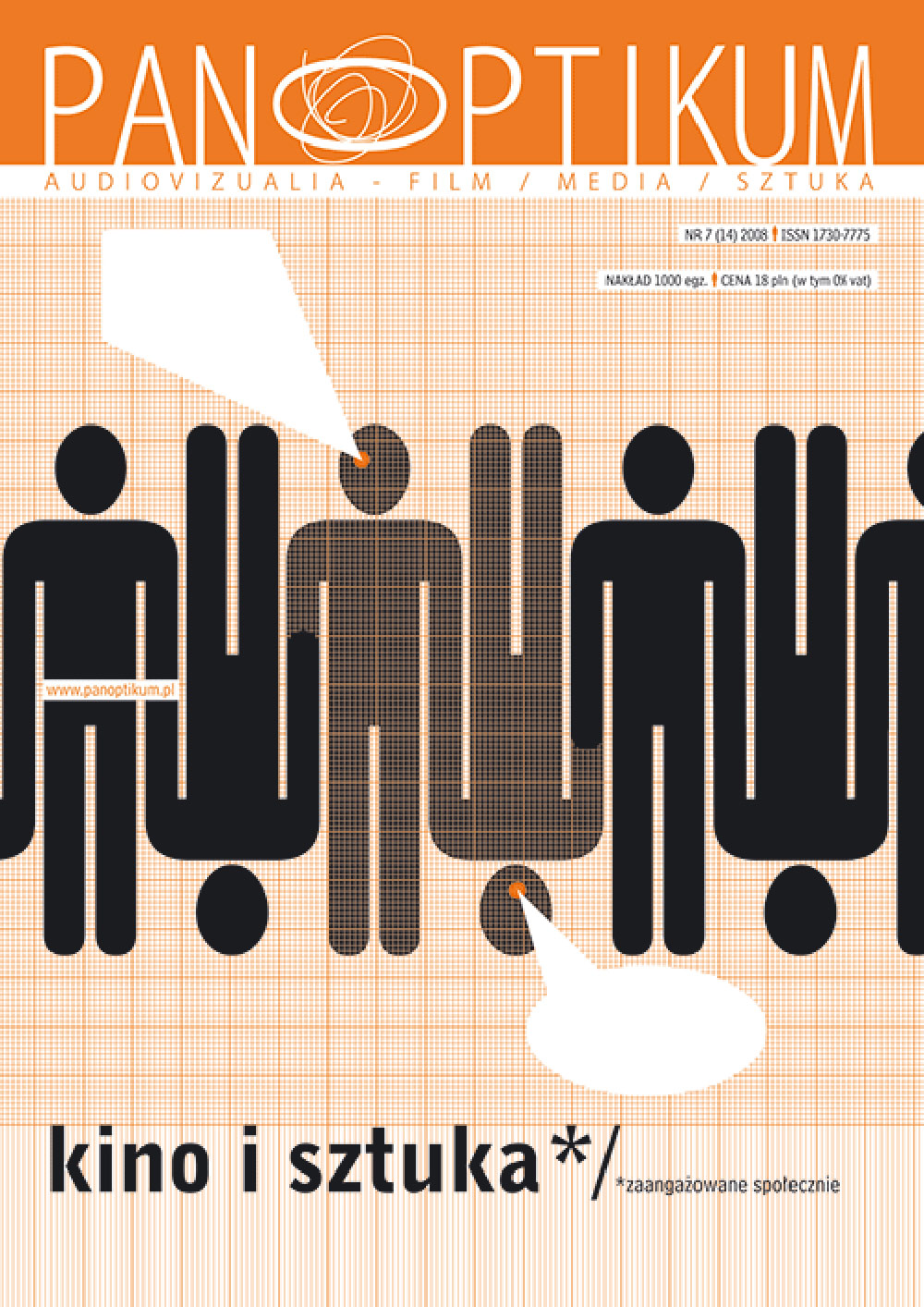Między feminizmem a mizoginią. Dystopijne ideologie społeczeństwa przyszłości w kinowej oraz literackiej science fiction po roku 1968
Abstrakt
After the experience of American counter-culture revolution Anglo-Saxon science fiction had to face the process of gradual revaluation and deconstruction of its conventional motives. One of such stereotypical clichés was the intemperate misogynic characteristic of s-f plots which, under the cover of futuristic space technologies and distant cosmic worlds, often described adventurous “male” narratives. Female writers such as Ursula Le Guin, Joanna Russ and Alice Bradley Sheldon started deconstructing the “male gaze” of hard science fiction using the plots connected with futuristic, utopian worlds, based on matriarchy or fully devoid of male heroes. Female s-f, at the beginning often considered as controversial and aggressive, not only changed popular literary conventions but also made an impact on the mainstream cinema productions. Unfortunately, film industry reacted to this new trend mainly by boosting misogynic aspects of s-f cinematic plots. Such films as Bryan Forbes’ “Stepford Wives” (1975) or L. Q. Jones’ “A Boy and his Dog” (1975) present the female protagonist as the objects of desire for the male audience. This tendency reached the highest popularity in the s-f Hollywood cinema of 1980’s and early 1990’s. One the other hand, some movie productions also indicted a positive feedback to feminism. One of the first movies that efficiently reinterpreted misogynic clichés connected to the images of female s-f characters was Ridley Scotts’ “Blade Runner” (1982/1992). Gradually Scott’s masterpiece inspired other directors: Frank Oz’s re-make of “Stepford Wives” (2004) wittily argues with the gender stereotypes of modern s-f, other movies, such as Andrew Niccol’s ”Gattaca” (1997), Michael Winterbottom’s “Code 46” (2003) and Alfonso Cuaron’s “Children of Man” (2006), indicate negative aspects of future patriarchal society where female protagonists have no equal rights to man. Another example of female critique of the modern capitalist societies is the motif of cloning. Unfortunately, cloning (altogether with other pro-feminist motives), in the beginning used by counterculture authors as themetaphorical indication of the inhuman aspects of the “technological capitalism”, very soon became another cliché used without any deconstructing power by the main cinema. This way the omniscient power of mass culture absorbed the revolting ideas of female s-f.

 Uniwersyteckie Czasopisma Naukowe
Uniwersyteckie Czasopisma Naukowe





